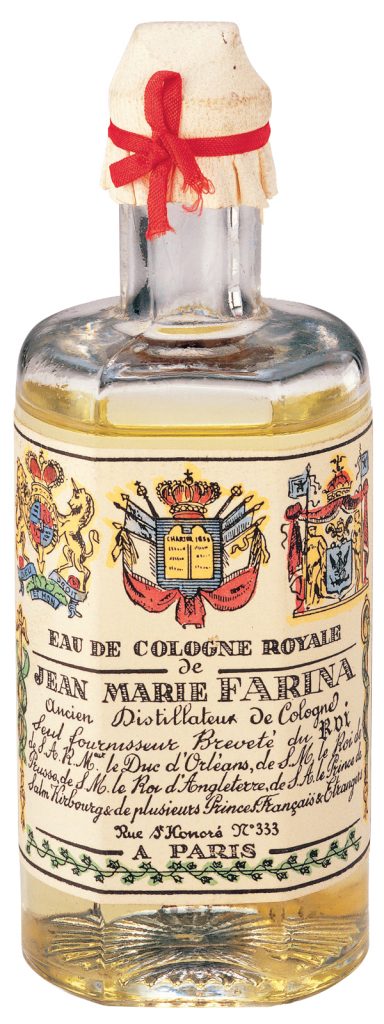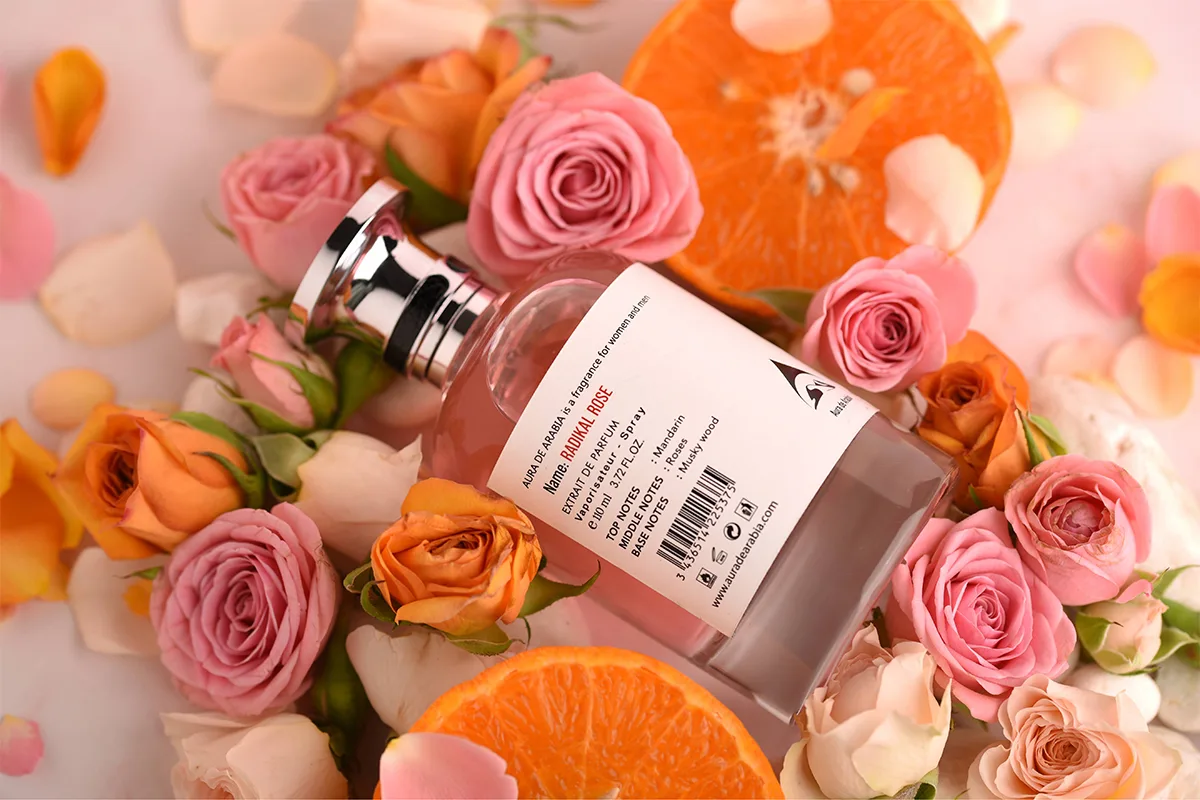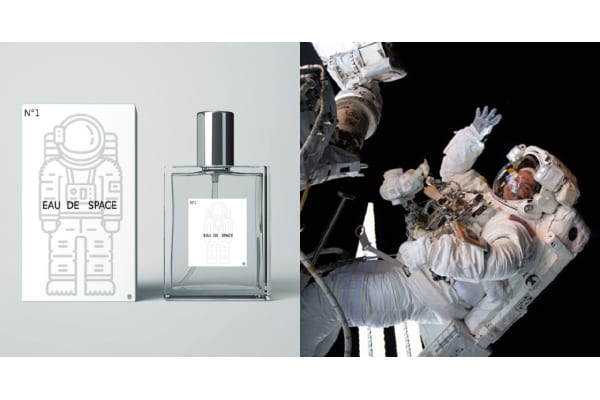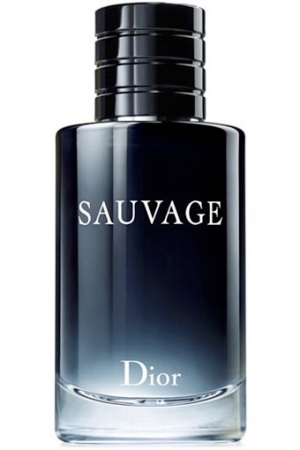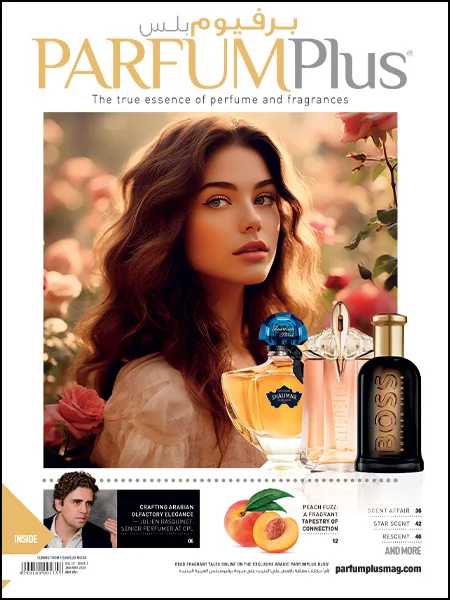Read this post in
 Arabic
Arabic
Another enchanting and scentful tale from Emilie Bouge’s diary. Nostalgia, full of blissful memories, here’s another one from Perfumer’s Diary…
Italy who popularised the fragrance by using it as a perfume and as a scent for her gloves and her bath. By the end of the 17th by using it to perfume her gloves and her bath introducing it as a fashionable fragrance. And so orange made its grand foray into the perfume industry as a royal favourite, not just mine!
For me, the preference for this delicate flower extract is closely linked to my childhood memories. In my home town, we used to use the bitter orange flower extract to prepare ‘fougassette’, a special bread in Grasse perfumed with 7 PARFUMPLUS PERFUMER’S DIARY Mediterranean coasts has so much to offer to perfumers.
Each part of this tree can be extracted: fruits (Orange EO), leaves (Petitgrain EO and Abs), flowers (Neroli EO, Orange blossom Abs, Orange flower water, Orange blossom water abs) and used in perfumes.
The Many Moods Of My Muse!
Radiant, cheerful, sensual and fresh but also gourmand, the Neroli always surprises me with its intensity and its numerous facets. This marvelous ingredient continues to inspire and delight me with its fragility, purity, evanescence and its ability to reveal different notes, in line with my creativity.
Elaborating further to the characteristic of this fragrance, I would say that Neroli has a refreshing and distinctive green effect with just the right blend of sweet and flowery notes.
I believe this is one of those few ingredients that lend a very powerful characteristic to the fragrance. Owing to its uniqueness, this ingredient is very expensive and I must admit that even as a perfumer there are projects where we face budgetary constraints.
Thankfully, we do have an alternative available in the form of using petitgrain EO. This is again a byproduct of the orange tree but the smell is very different because it comes from This amazing gift of nature mostly growing along the Mediterranean coasts has so much to offer to perfumers the leaves.
I would say that petitgrain EO has a sharper, greener (with a slight galbanum effect), less sweet, less floral. Nothing compared to my favourite, the mesmerising orange blossom.
The Rise And Fall
I would like to share an interesting trivia associated to the use of Neroli, my favourite ingredient was not always very popular among perfumers. There was a time when Neroli was associated orange flower water, it is my favourite!
To this day, I find the fragrance of Orange Blossom comforting as it reminds me of my childhood in my parents’ house in the suburbs of Grasse.
The Enchanting Perfumer’s Tree!
Back then, I very clearly remember that we had a wonderful orange tree in our garden and when the flowers were in full bloom the scent in the air was mesmerizing, so much so, that it has been etched as a special memory in my mind. Those long walks and lengthy discussions with my mother and grandmother in the garden on hot summer nights with the orange tree in the backyard, are perhaps the most beautiful conversations that I continue to recall from my childhood.
Little did I know that my exposure to the beauty of fragrances coming from the simplest of ingredients like the orange tree in my backyard would play such a pivotal role in making me the woman and the perfumer that I am today.
In fact, orange tree, is widely referred to as the ‘Perfumer tree’ in our industry. This amazing gift of nature mostly growing along the 8 PARFUMPLUS PERFUMER’S DIARY eau de parfum ❤ with old perfumes including the Aqua Mirabilis, ancestor of Eau de Cologne, as we know it today. Thanks to its excellent silage, it rose to popularity very soon but it didn’t take long for people to start complaining about this very silage.
The popularity of Neroli may have taken a backseat for few years. But I would like to applaud the efforts of the likes of Tom Ford for creating Neroli Portofino, soon others also followed suite. And thus the multifaceted ingredient of orange blossom rediscovered its lost glory. To me, the beauty and the captivating scent of orange blossom holds a very special place in my mind. I continued to use it even when the industry was ignoring it.
In fact, I remember one of my first little successes in perfumery, almost two decades ago, was a perfumed candle carrying the fragrance of coffee and orange flower. Interestingly, I am currently working on a dark Neroli based fragrance, as one of my upcoming creations. While I can’t reveal much, I would say it’s a rather interesting association of orange blossom with cashmeran, Chinese Cedarwood, leather and musk. I look forward to introducing it to the perfume connoisseurs in this part of the world.
Read this post in
 Arabic
Arabic




